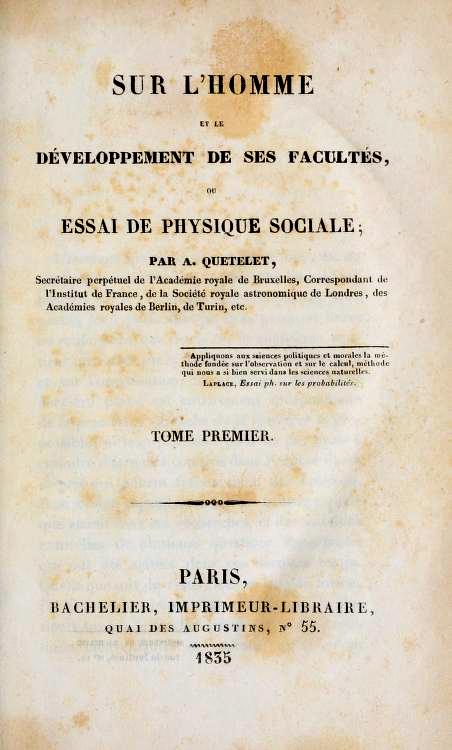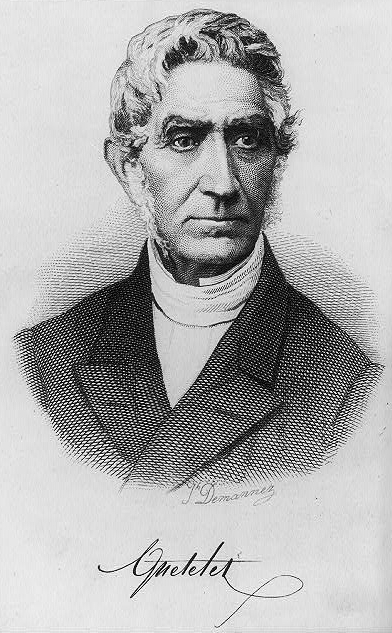The New Phrenology
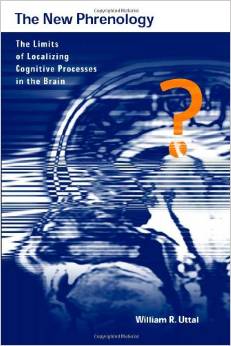
The New Phrenology: The Limits of Localizing Cognitive Processes in the Brain
The Old Phrenology, or how machines start to help (or confuse) mankind in understanding what or who we are, can be better understood if we take a look on a Computer Perspective, which was taken from an exposition Charles and Ray Eames designed for IBM.
A Computer Perspective is an illustrated essay on the origins and first lines of development of the computer. The complex network of creative forces and social pressures that have produced the computer is personified here in the creators of instruments of computation, and their machines or tables; the inventors of mathematical or logical concepts and their applications; and the fabricators of practical devices to serve the immediate needs of government, commerce, engineering, and science. The book is based on an exhibition conceived and assembled for International Business Machines Corporation. Like the exhibition, it is not a history in the narrow sense of a chronology of concepts and devices. Yet these pages actually display more true history (in relation to the computer) than many more conventional presentations of the development of science and technology.
or buy the book
This presentation was first exhibited the IBM Corporate Exhibit Center, New York, NY. Exhibit opened February 17, 1973 and it looked like that:


As it can be seen on the right, the calculating needs of mankind are divided in three groups: Logical automata, statistical machines and calculating machines. We are interested in Statistical Machines.



The computer, after its "invention" in the early forties evolved to commercial use and scientific operations and all kind of exotic applications. Eventually all that became software and was virtualised. Lets take a look at the Statistical Machines branch and its social and anthropometric applications and what Statitiscs has shown to Science about man (or men?). Statistics share with Mathematics its incomprehensibility, but the issues on the experiments are the same but much more easily understood historically, before everything went up in the clouds.
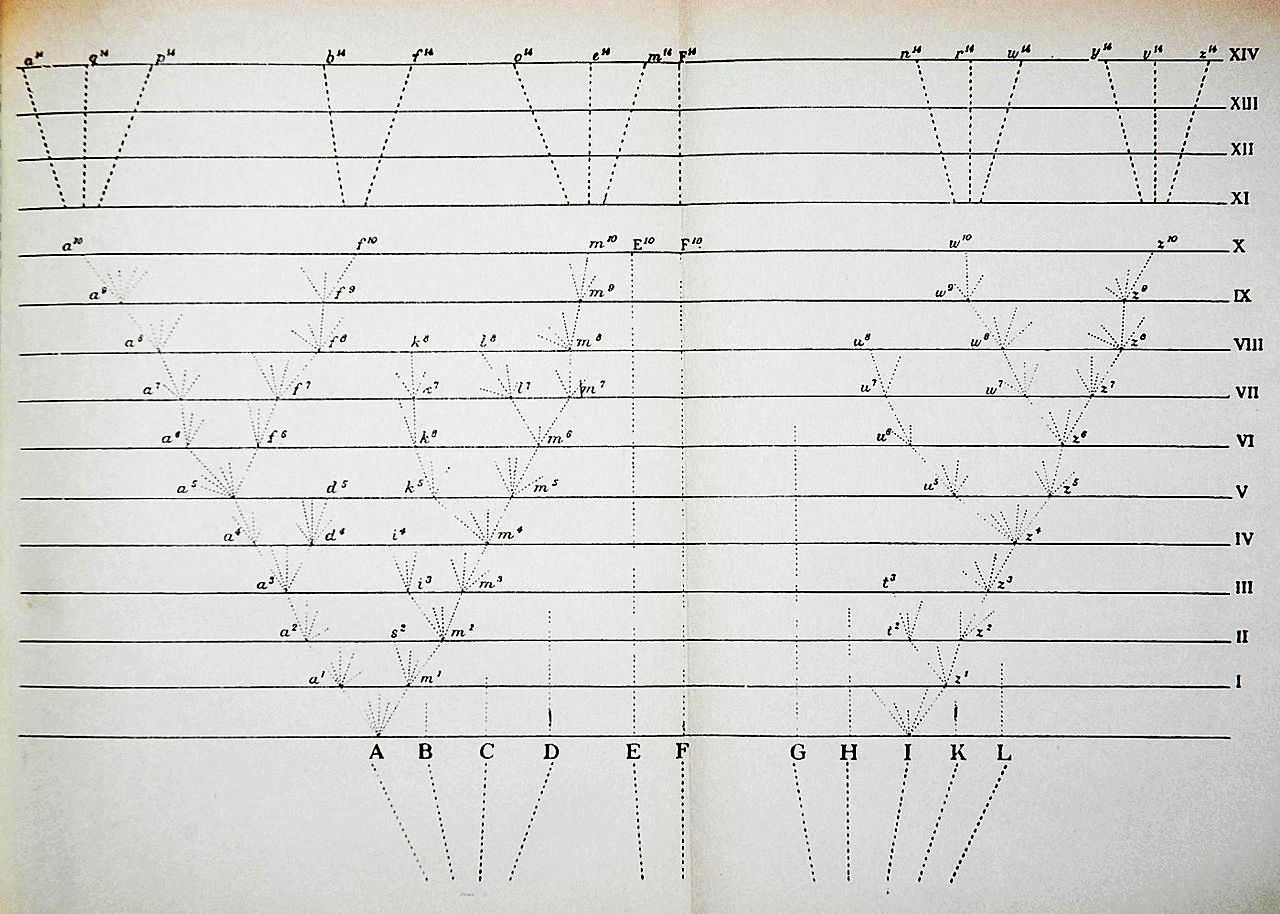
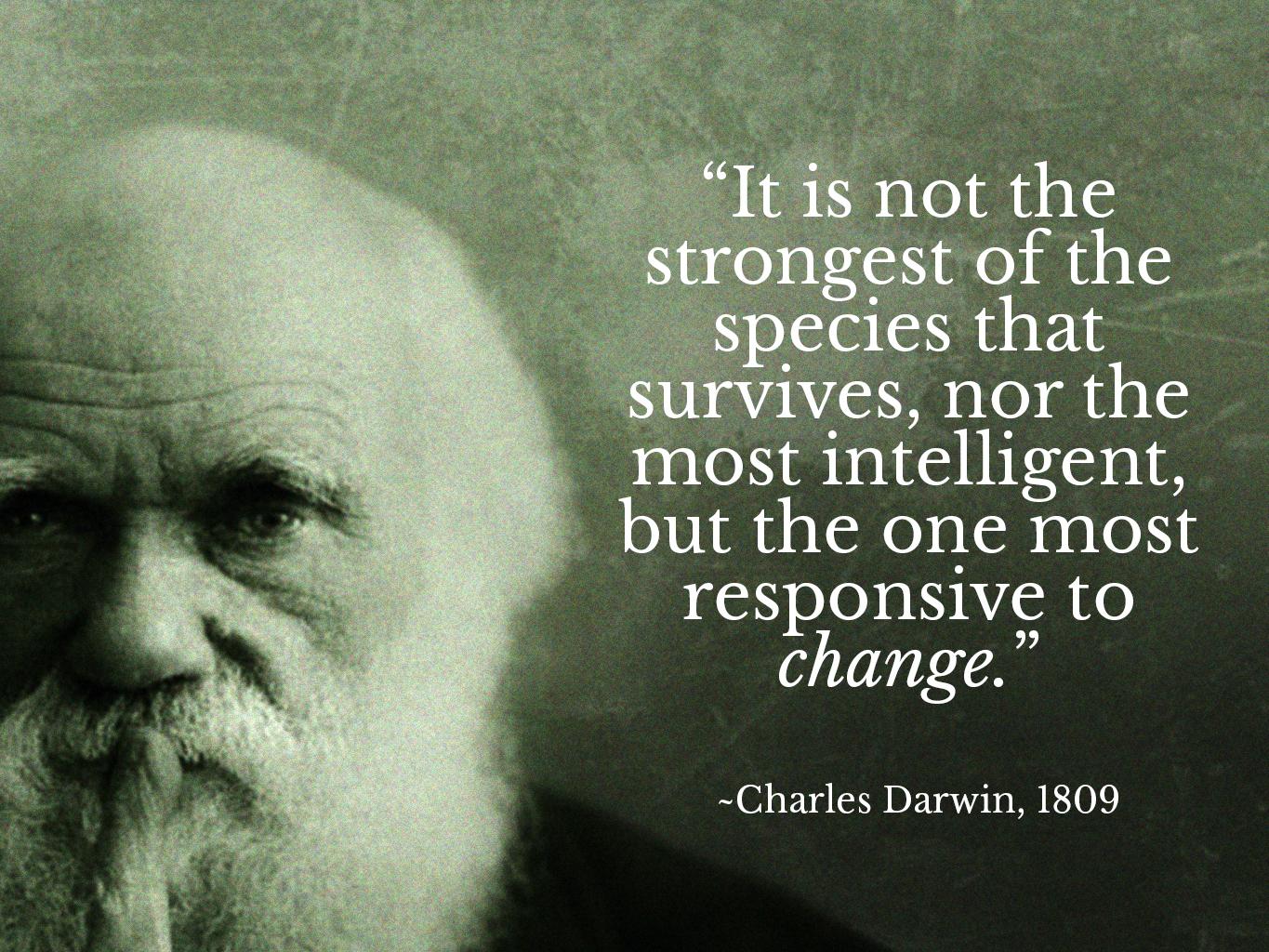
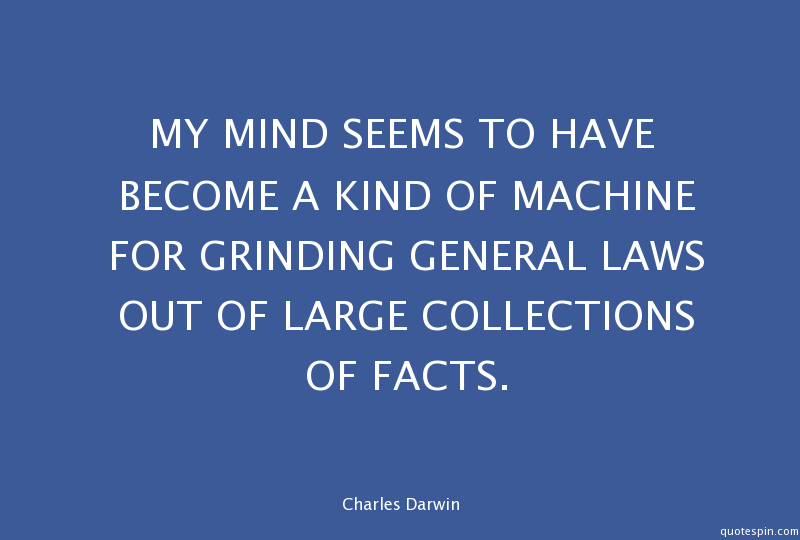
Chart from On the Origin of Species by Means of Natural Selection, 1859


Sir Francis Galton and his pin-machine illustrating the effect of natural selection, 1877
Florence Nightingale based her statistical methods upon this book by Quetelet, which appeared 20 years before her statistical surveys. The author presented to her the second augmented edition in 1869. She called him 'the founder of the most important science in the world.' She meant to dedicate to Quetelet an essay on the application of his discoveries, 'to explain the Plan of God in teaching us by these results the laws by which our Moral Progress is to be attained.'"--Elmer Belt Florence Nightingale collection (1958), p. 17
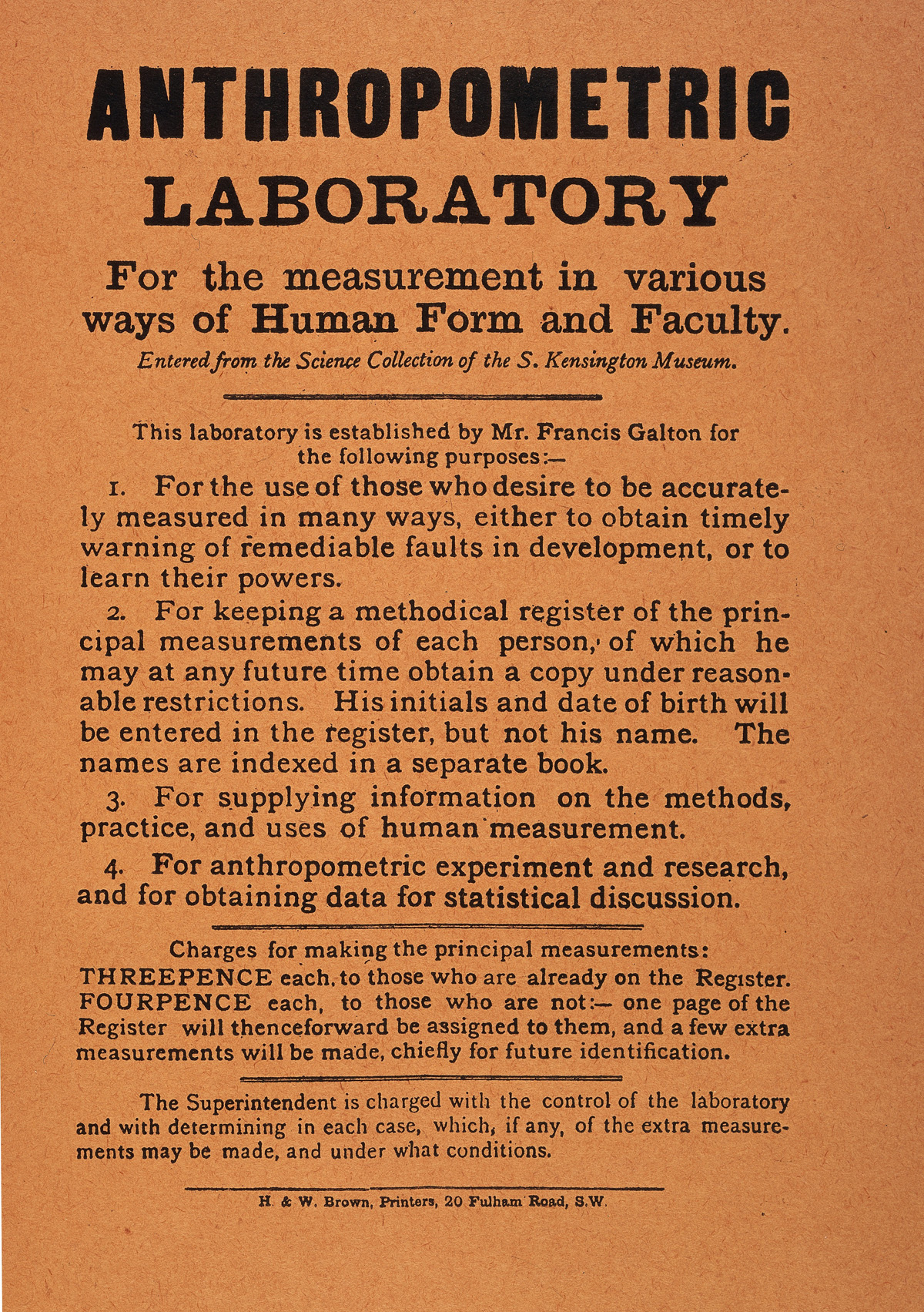
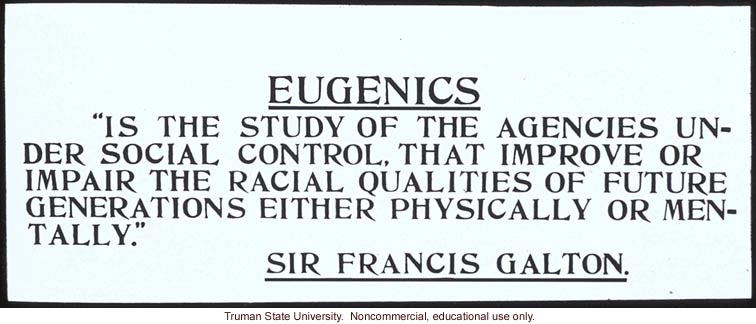

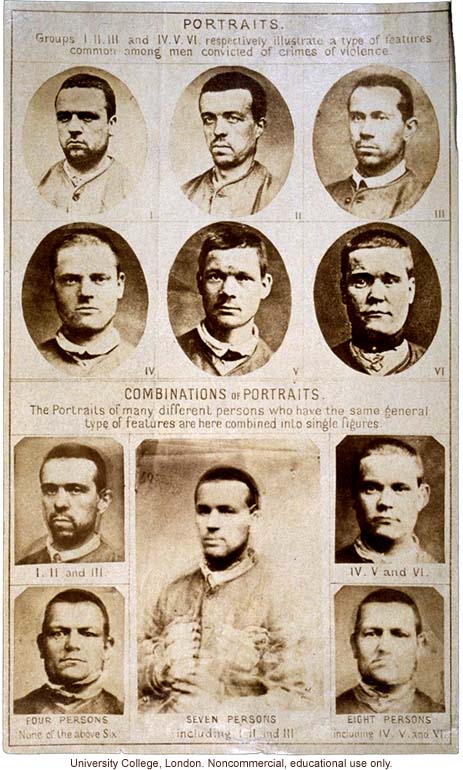
Sir Francis came up with an idea called composite photography. He super imposed multiple photographs of individuals that represented a certain culture i.e Jewish men, criminals, patients with tuberculosis, onto the same photographic plate, this blended all the features together thereby averaging a typical type of person.
What Galton, Florence, Darwin and anybody who sets up to tackle things this way is the experiment, that may or may not reveal truthful insights, specially depending on the bias of the experimenter. By bias I mean the geniality of Darwin, the good intention of Florence Nightingale or the nazism (can`t find another word...) of Galton.
When explaining this to students I use a joke that goes the following:
A scientist was trying to figure
out hearing capabilities of the grasshopper. The hearing capability was to react
to his clapping hands. The experiment was to clap to a grasshopper as he comes
from nature. Then what would be its reaction when his legs were cut. The grasshopper
reacts each time less until completely still without any legs. The conclusion
is that cutting the grasshopper legs impairs its hearing up to the point of
becoming completely deaf when without legs...
Looking for diseases through composite pictures for etiology is just about the same.
If it was the case of ignorant old timers take a look of what happened to one of the most brilliant minds of the 20th century, the inventor of the transistor, i.e. Silicon Valley and Nobel Prize William Shockley.

